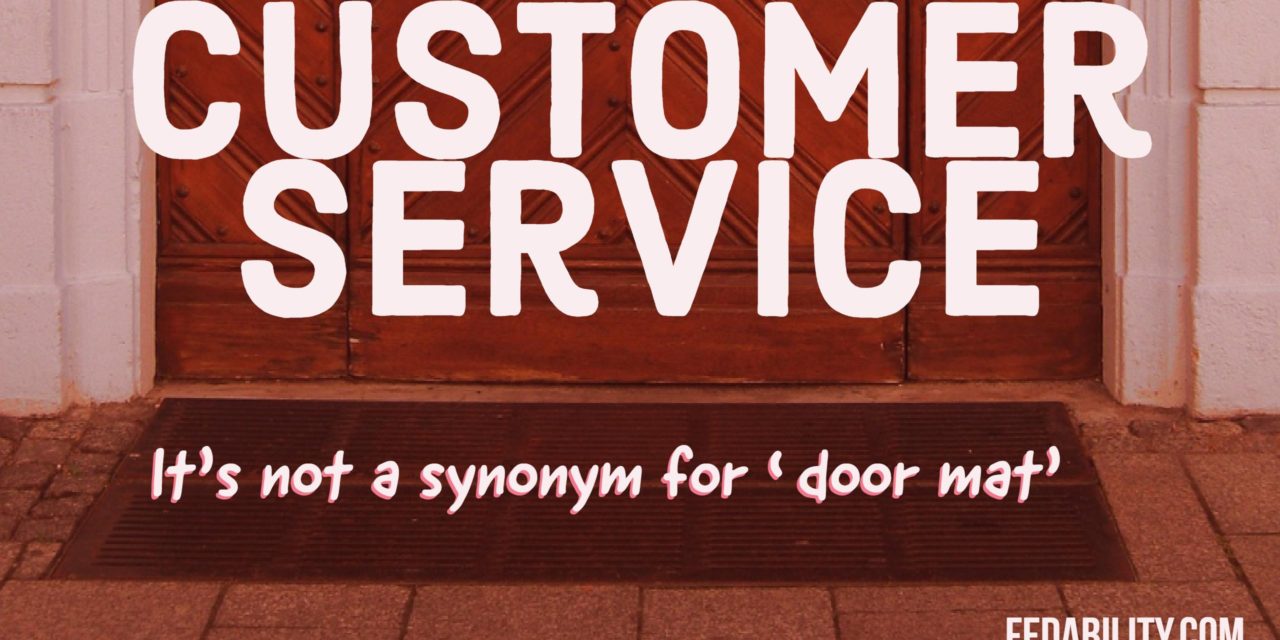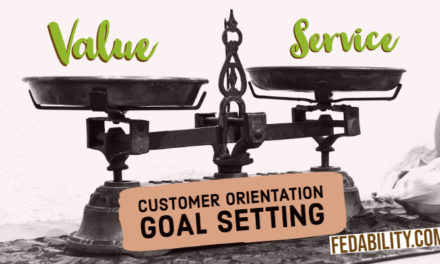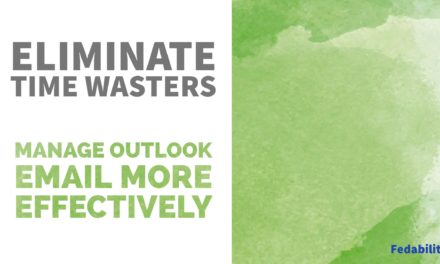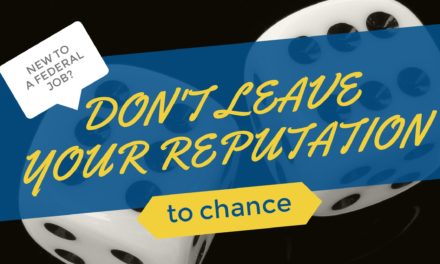The only thing worse than having your teeth pulled is having to go to the Department of Motor Vehicles (DMV). The DMV holds the reputation for being among the top worst customer service components of the government. But, if we’re being honest here, the government is not known for its customer service.
Why is this?
Probably because the government doesn’t have any real competitors.
Take the DMV. There’s no other way to get a drivers’ license. It doesn’t matter how rude they are, you still have to go there if you want to drive a car.
Conversely, the postal office has gained increasing competitors. So when you do get bad service – you at least have a choice. A more expensive choice, perhaps. But, at least an alternative.
Despite the public experience, I’ve seen a recent trend on how internal customers are treated within the government.
It seems that the pendulum has swung in the other direction.
So far to the other side that there’s a belief that ‘the customer is always right.’ That when a customer says, “Jump”…
And that belief has somehow transferred into a willingness to be a customer service door mat.
Here’s an example.
A team handled the logistics of events for various customers across their agency. Each customer had certain requirements about marketing and managing those events. Some of those requirements, however, made it very difficult to manage the events. And, frankly, made the team inefficient.
You see, their customers wanted people to attend the events in person. So, the team was told to withhold call-in information until the very last minute.
This meant they fielded emails and phone calls asking for the call-in information for days in advance – which they couldn’t provide. And, when they finally could release the information it meant they were tied to their desks responding to questions rather than handling the room.
This translated into needing more staff to effectively run an event.
The worst of it all was that employees would show up to the event. They would see that there were people on the phone. And, they would literally turn around and walk out after requesting the call-in information.
In short, withholding the call-in information didn’t mean people would stay in the room if they didn’t want to be there. Instead, it lead to more calls and emails leading up to future events asking whether call-in information would be provided. It lead to employees being frustrated with being mislead about whether they could call in or not.
So, I encouraged the team to take a stand with their customers. To explain that they would no longer withhold call-in information if it was going to be offered. Offering that by not doing so, they would be able to serve the customer better in other ways.
Initially, some of the customers resisted. They were used to getting their way. And, it seemed to be working for them so they weren’t really concerned if it made for inefficiencies of the team.
Eventually they got to a point where it’s understood that if there’s going to be a call-in option, then the team would provide it early and upfront.
Does an unwillingness to follow explicit customer instructions customer equate to ‘bad customer service’?
I’d argue it’s no worse than a parent not allowing their child to eat ice cream for dinner every night.
To do something you know is not in the best interest of the customer, just because they want it, is being a door mat.
So how do you walk that line of customer service: being a door mat, or being like the DMV?
Understand the customer’s needs – beyond their asks.
This is digging down into understanding what the customer really needs. Understanding what they are trying to accomplish. These needs and goals are sometimes hidden in the request by customers giving you a solution.
But, presuming you hold expertise in whatever is being requested, you may know a better way. A solution the customer had not considered.
With the call-in information example, the team needed to understand why the customer wanted people in the room. They had to have the tough conversation about whether it made a difference of whether someone attended in person or on the phone.
Demonstrate your determination to get their problem solved
By getting the customer away from their ‘wants’ and focus on their needs, you can tenaciously focus on solving their problem.
For instance, the customer wanted people to attend in person because they didn’t think people paid as much attention if they called in. So, the team explored that belief.
How do you know people aren’t paying attention? What is the impact of people not paying attention? Is there another way to get people to pay attention even if they are on the phone?
The answers to those questions helped the team come with other ways to solve their problem.
Be willing to keep going until you solve their problem
The truth is, we are seldom lucky enough to have the silver-bullet solution the first time. So be honest with customers when you’re going into unknown territory. Let them know that the solution you are offering is expected to work, but that if it doesn’t you’ll take responsibility for it and help them find another solution until the problem is resolved.
And I believe, it’s that willingness to partner with a customer to help them get what they really need is what customer service is all about.





